My Dad always used to joke that “The best crop to grow in Nova Scotia is rocks!” After years of picking rock to clear farming land, he would have known. Rocks may be a hindrance to farmers and gardeners but they are an integral part of the geological heritage of a place.
Nova Scotia, on Canada’s east coast, “has long been recognized for its rich and diverse geology” say authors J.H. Calder and G.J. DeMont in their article Geoheritage in Nova Scotia. It is “a heritage that defines our landscape, is reflected in our industrial history, and has influenced some of the greatest ideas that have shaped human understanding of our place in the history of life.”
The iconic view of Peggy’s Cove lighthouse sitting proudly on huge granite rocks is a great example. It is a “story of fire and ice: magma cooled deep in the Earth’s crust and 380 million years later was shaped by the last glaciers.”

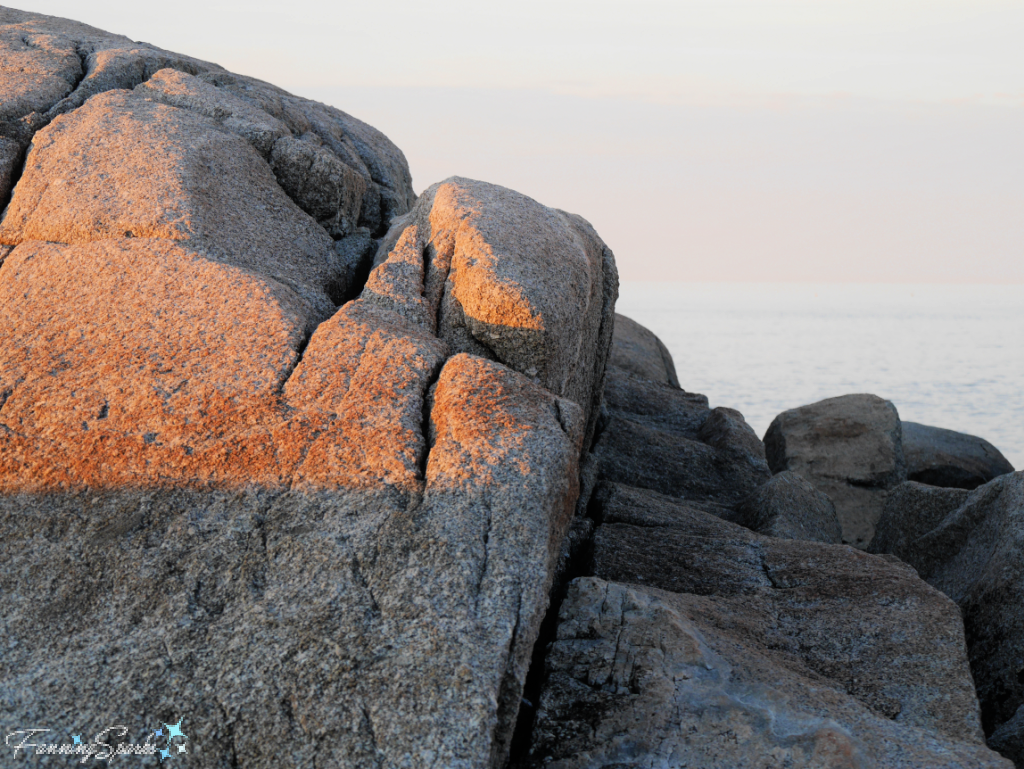
The rocks along the coastline of nearby Island Rock Head, Nova Scotia are similar. They originate from the Devonian to Carboniferous geological history period and are categorized as “granite batholith”. Wikipedia defines a “batholith” as a “large mass of intrusive igneous rock … that forms from cooled magma deep in Earth’s crust”.

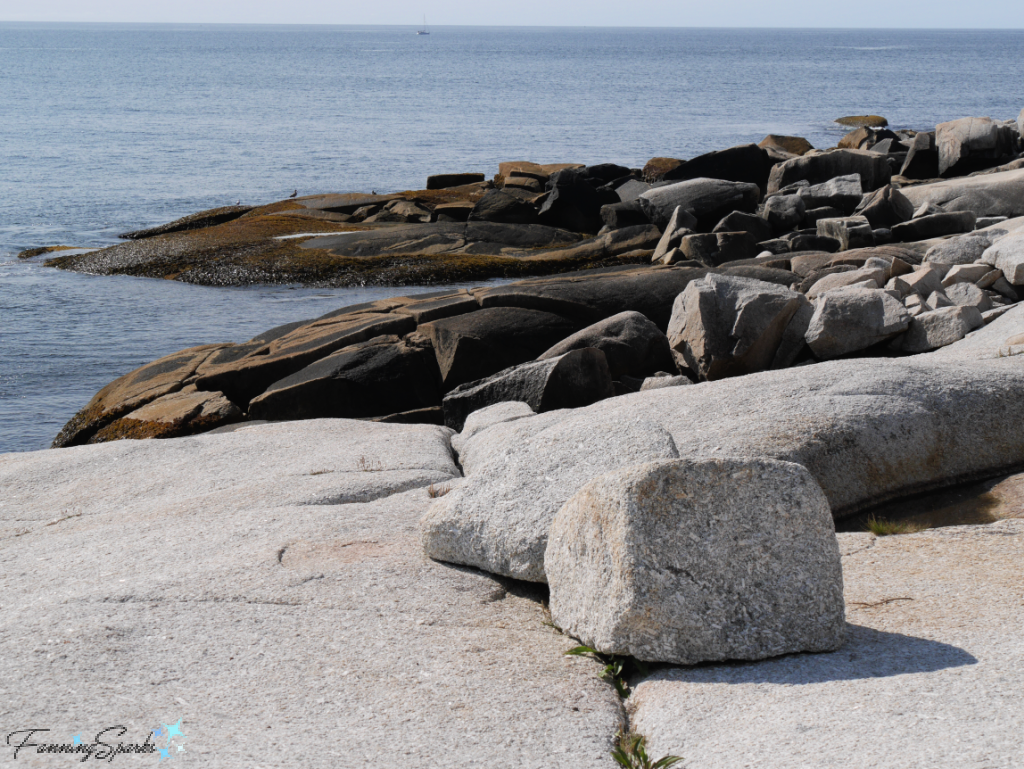
A recent kayaking adventure in Prospect, Nova Scotia provided a different view of the dramatic shoreline. Here the geology is described as an “erosional glacial landscape” originating from the Quaternary period. The view shown below greets the visitor as they enter Lower Prospect.
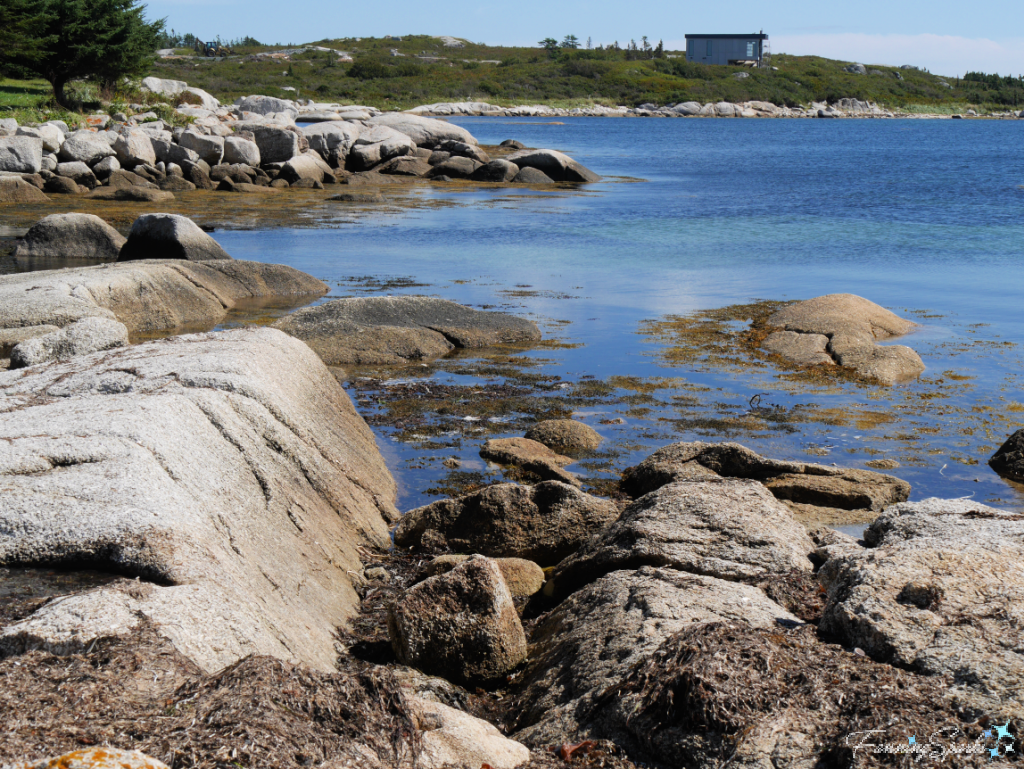
We kayaked to Hearn Island where we enjoyed a short hike and spectacular views.


The geoheritage of the Digby, Nova Scotia area is noticeably different. On Brier Island, the rocks are columnar basalt, cooled from magma in the Triassic period. The columns along the shores of Seal Cove were eerily visible through the fog.
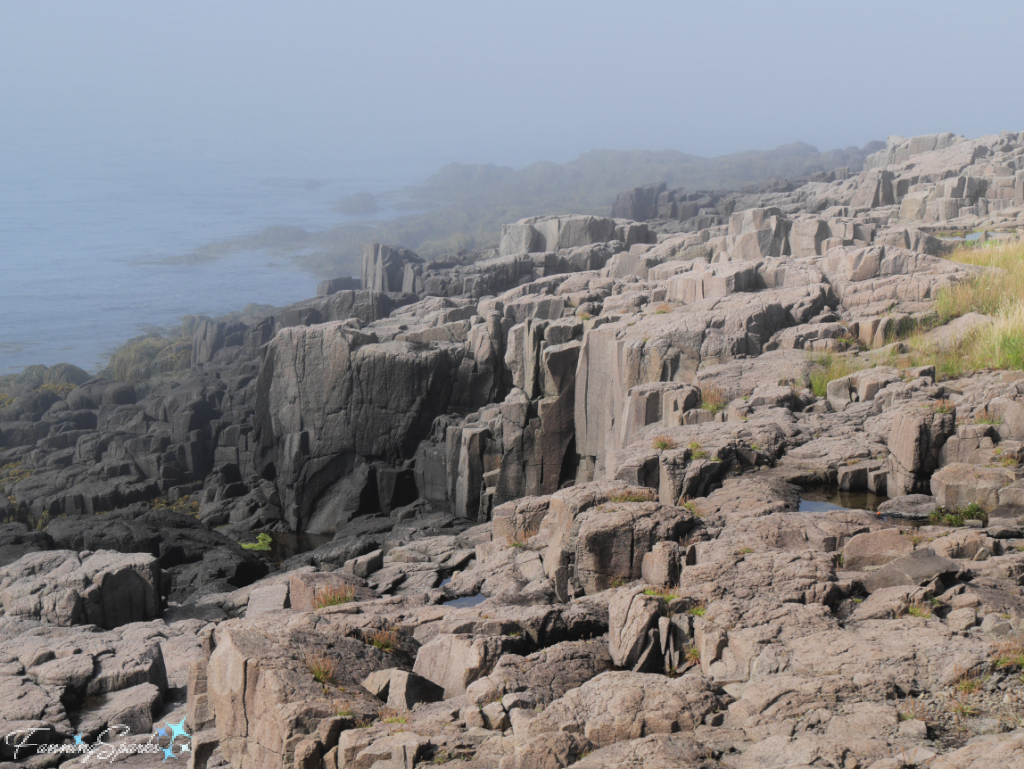 Fog also shrouded the rocky cliffs in the Nature Conservancy of Canada Reserve on the island’s west coast.
Fog also shrouded the rocky cliffs in the Nature Conservancy of Canada Reserve on the island’s west coast.
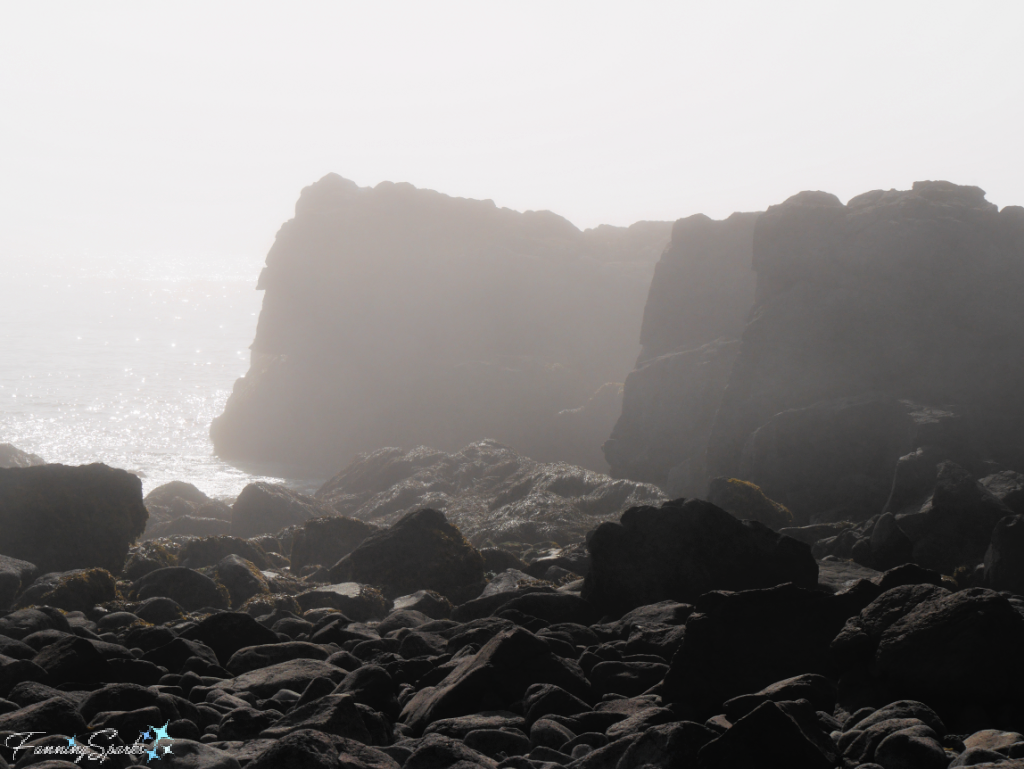
This heart-shaped rock was propped up near the Brier Island Lighthouse. How it came to be is a mystery.
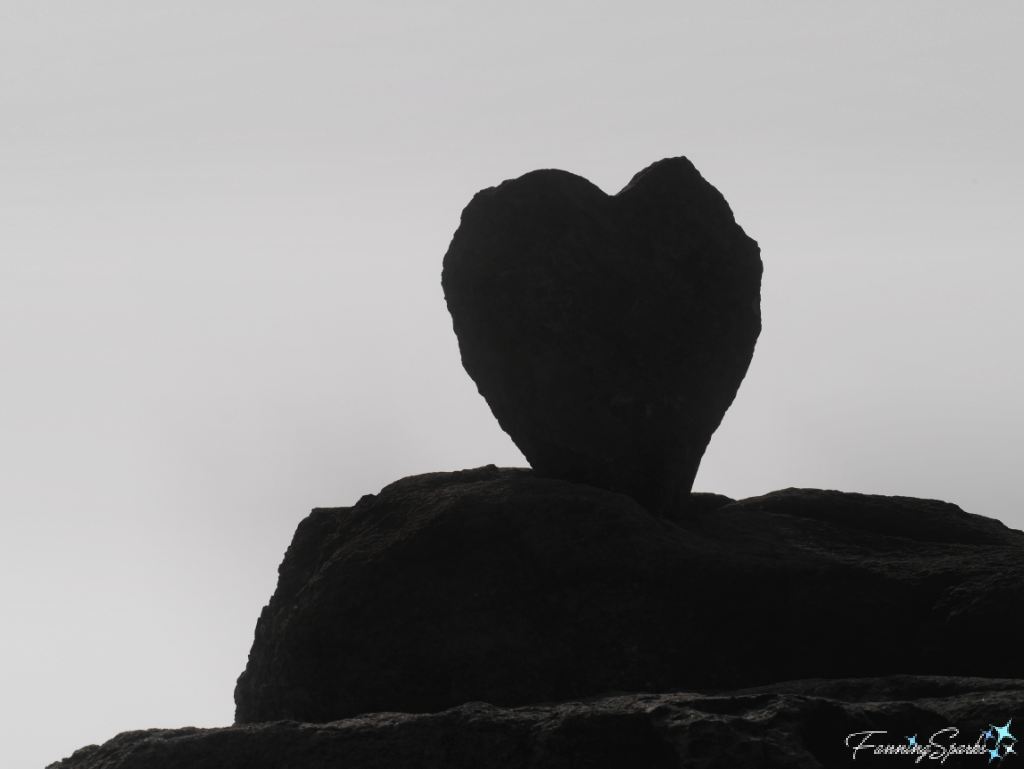
Arguably the most astonishing example of basalt columns is Balancing Rock in Tiverton on Long Island. This 20-foot finger of volcanic rock, estimated to weigh 20 tonnes or more, is balanced precariously on the edge of the rock below.
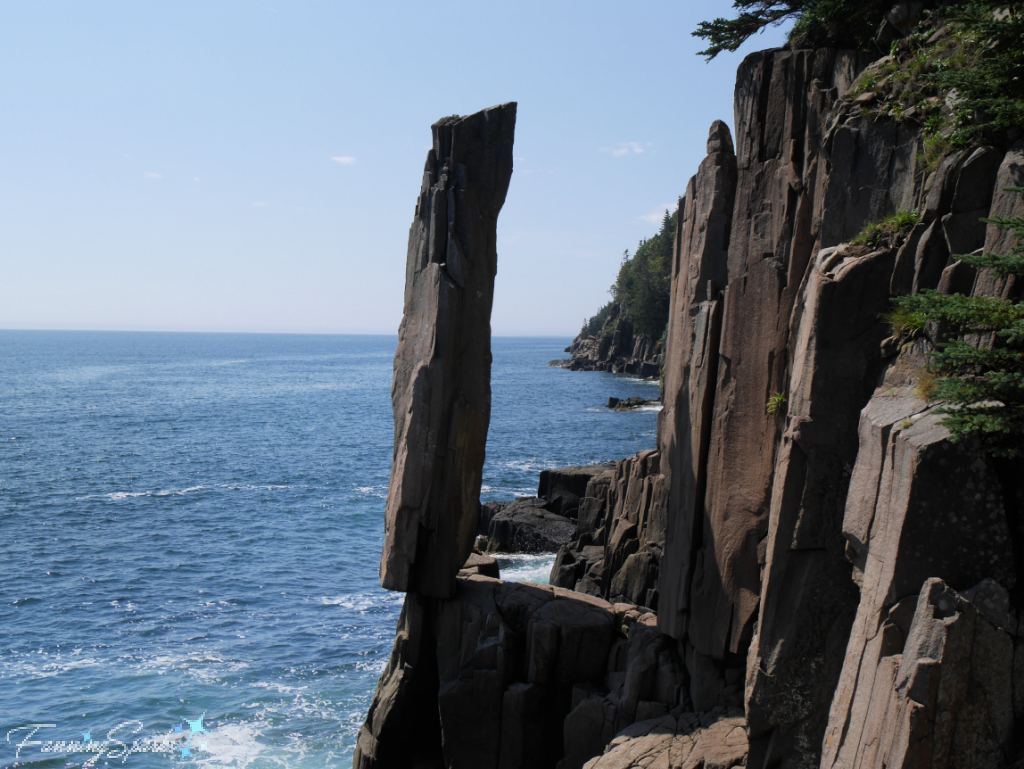
The basalt column, known as Nature’s Time Post, seems to defy gravity.
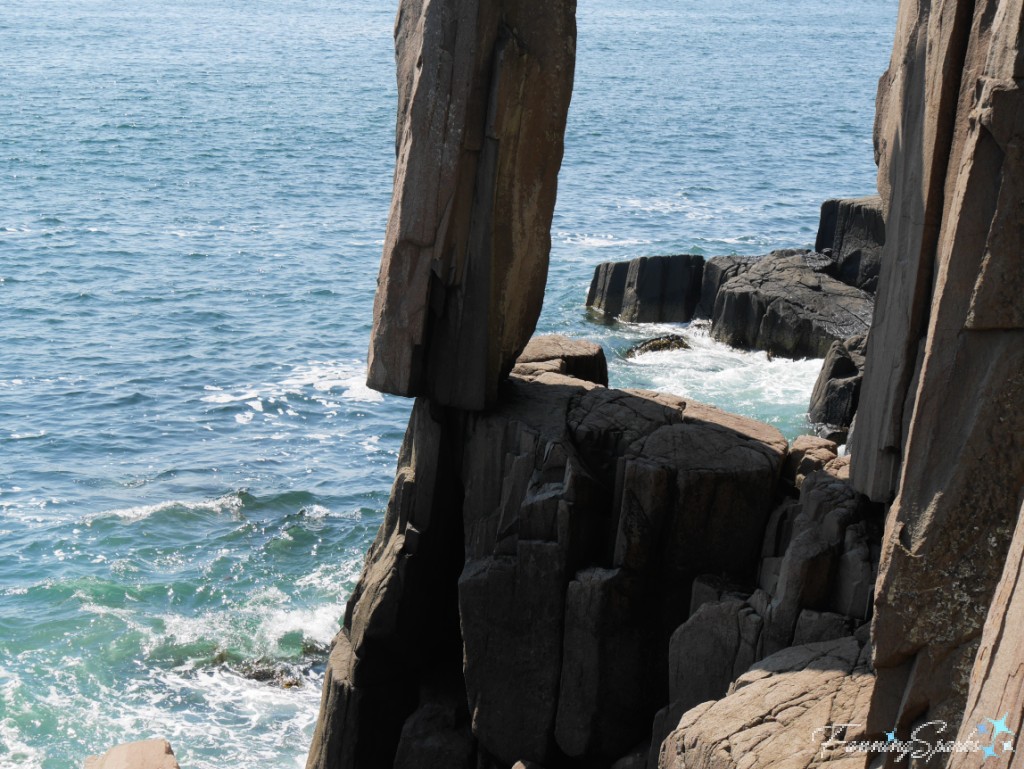
The Bay of Fundy, the site of the world’s highest tides, provides yet another perspective of Nova Scotia’s geoheritage. Burntcoat Head, for instance, holds a “fossil menagerie of life in the early days of the dinosaurs including creatures found nowhere else on Earth”. Pictured below are the cliffs of Burntcoat Head in the warm glow of sunset. Check out the post We Dined on the Ocean Floor for more photos and background on Burntcoat Head.
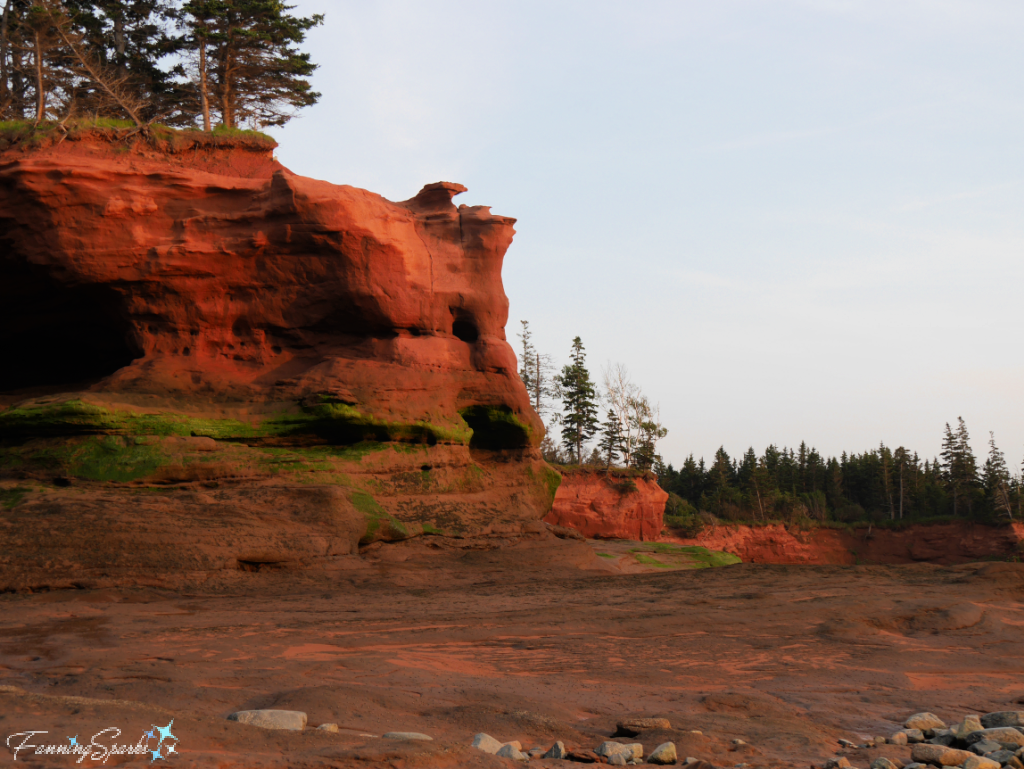
Interestingly, Nova Scotia boasts a UNESCO Global Geopark along the north shore of the Bay of Fundy. The Cliffs of Fundy Geopark is one of only 163 UNESCO Global Geoparks around the world. These geoparks are “single, unified geographical areas where sites and landscapes of international geological significance are managed with a holistic concept of protection, education and sustainable development.”
The Cliffs of Fundy UNESCO Global Geopark celebrates the highest tides in the world, honors the ethical space of the Mi’kmaw people and their oral traditions of cultural geoheritage, and provides evidence of the Earth’s incredible natural history with the massive Cobequid Fault.
On Partridge Island, in the Parrsboro area of the Geopark, visitors can enjoy an eco-tour hiking trail. This is one aspect of the amazing view that rewards hikers at the trail’s lookoff.
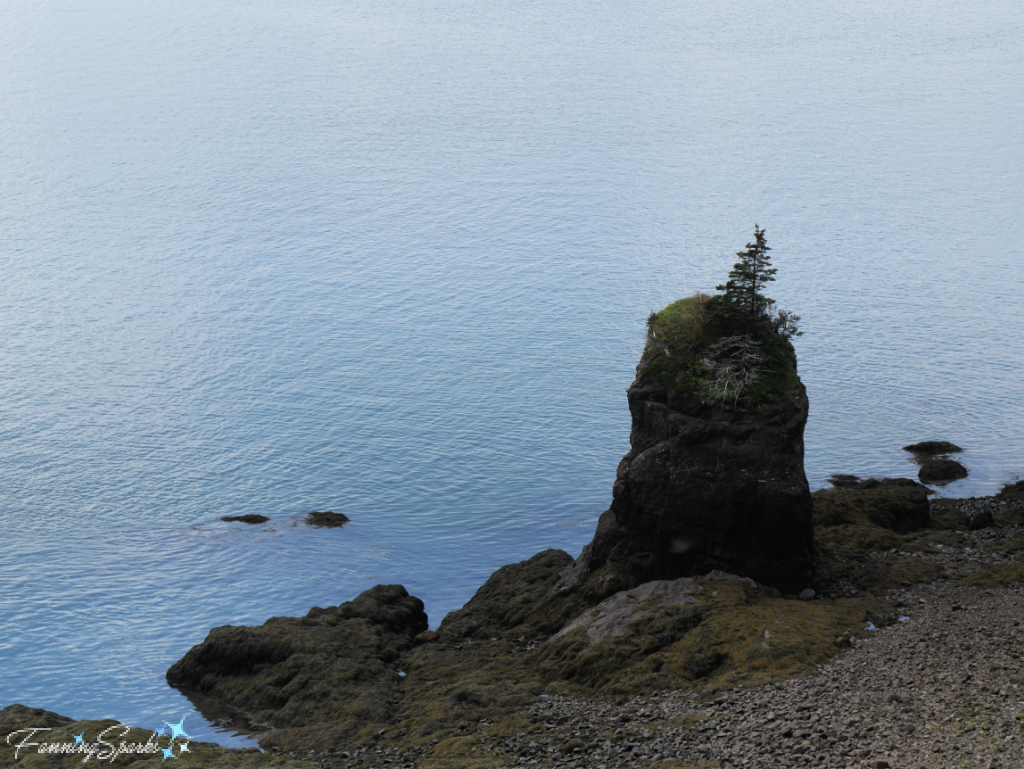
It was low tide when we visited nearby Five Islands but the beautiful skies more than made up for the lack of water!
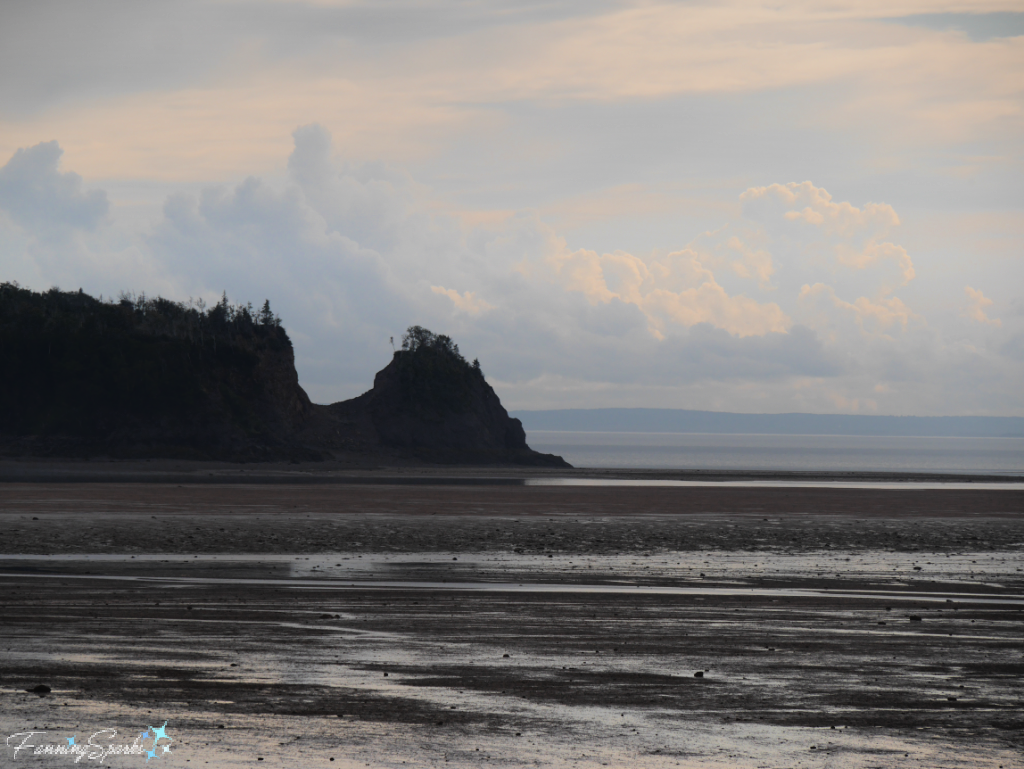
Nova Scotia is not the only Maritime province with an interesting geoheritage. Most of Prince Edward Island’s north shore is rolling dunes and wide beaches of fine sand but Thunder Cove is different. There a visitor will find sandstone cliffs, caves and sea stacks carved and shaped by the ocean and the winds.
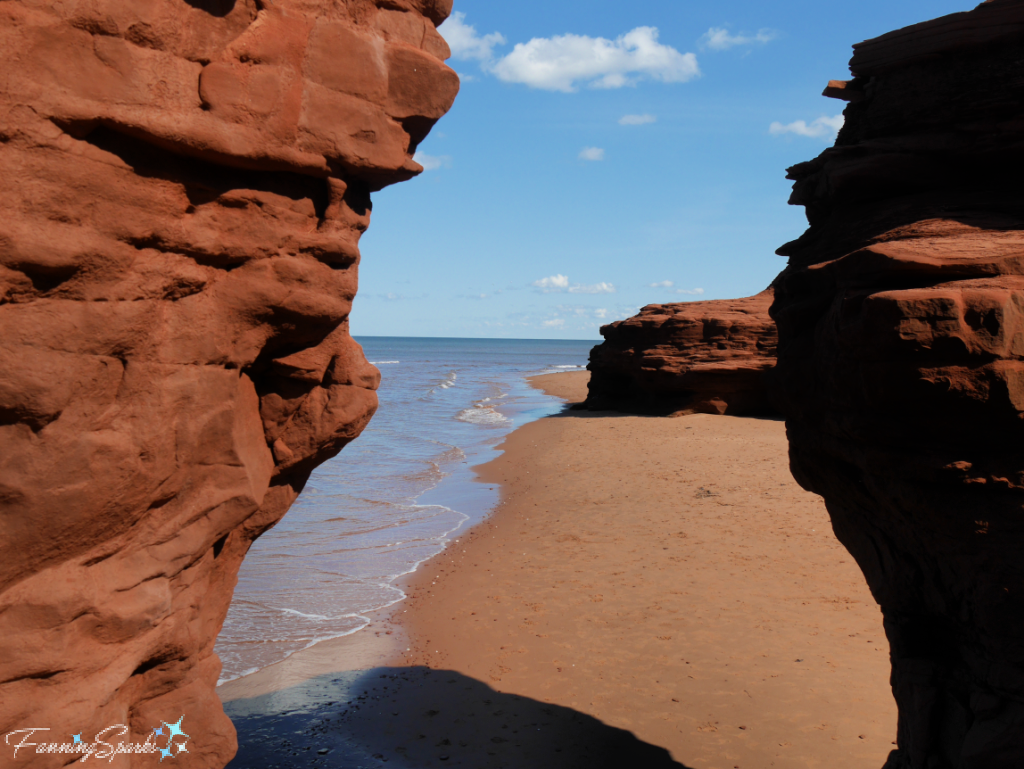
The below sandstone sea stack is dubbed Teacup Rock for its unusual shape.
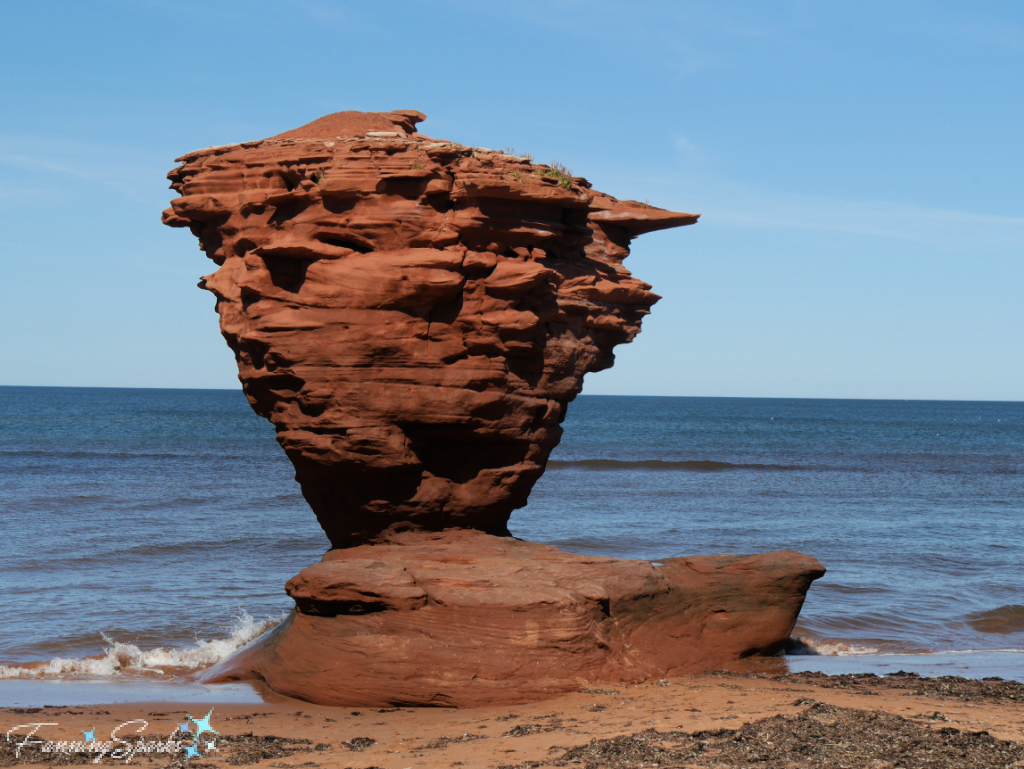
Learning about the geoheritage of the Maritimes has been fascinating. It’s heartening to see my native province of Nova Scotia celebrate its natural and cultural sites of geological significance. But there is much more to learn and I look forward to delving deeper during my next visit.
More Info
You can learn more about visiting Nova Scotia and Prince Edward Island on their respective tourism websites or check out these FanningSparks’ posts:
. Watching Humpbacks on the Bay of Fundy
. We Dined on the Ocean Floor
. The Perfect Reminder of Green Gables
. Shutter Therapy in North Rustico
. Beacons of Light
. In Pursuit of Sea Glass
. Falling Leaves and Floating Boats
. First Light at Peggy’s Cove
See the Geoheritage Resources section of Nova Scotia’s Geoscience and Mines Branch website for more information about Nova Scotia’s geoheritage including a virtual tour and the 2009 Report of Activities by J.H. Calder and G.J. DeMont.
Wikipedia is a great place to learn the basics of the geologic time scale.
Check out the Cliffs of Fundy Geopark website for information about the Cliffs of Fundy UNESCO Global Geopark.
Today’s Takeaways
1. Nova Scotia, on Canada’s east coast, “has long been recognized for its rich and diverse geology”.
2. “Geoheritage can be defined succinctly as geological features that inform humanity of its relationship with the Earth.”
3. Consider the geoheritage of the places you live and visit.


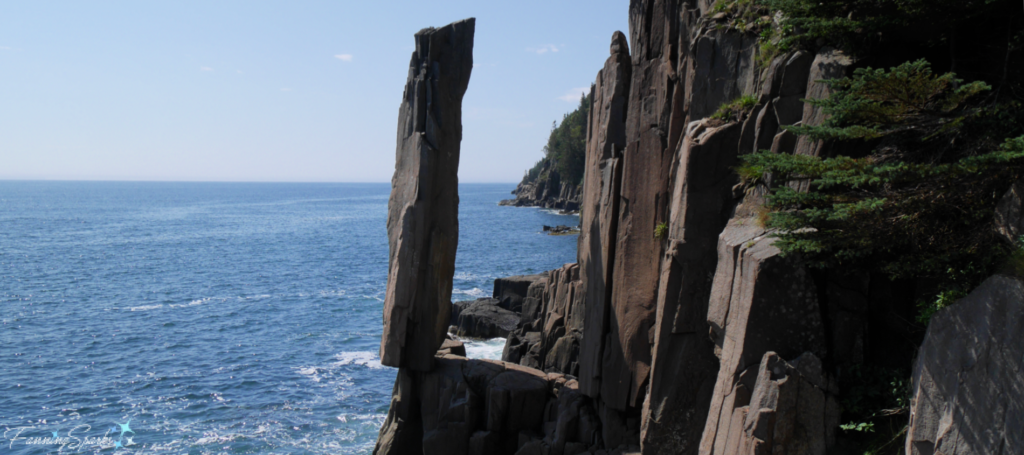


Comments are closed.